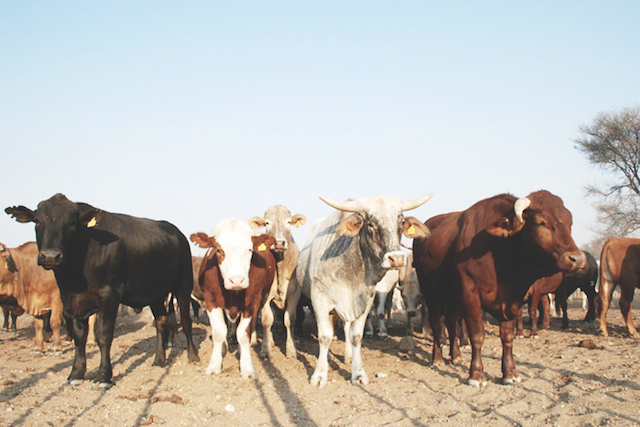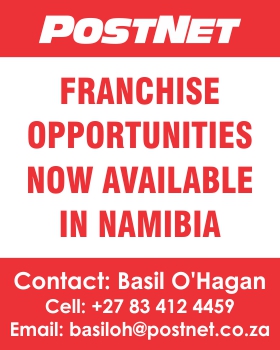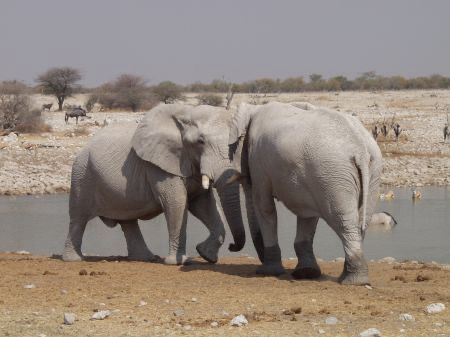Land degradation and bush encroachment affect approximately 45 million hectares of Namibia’s rangeland. According to a recent document from the Ministry of Agriculture, Water and Land Reform, bush encroachment reduces agricultural productivity and impacts groundwater recharge. “Both commercial and communal farming areas are impacted by land degradation and bush encroachment, contributing to a decline in productivity by two-thirds over recent decades. This represents annual losses estimated at between N$2.1 billion and N$4.2 billion in livestock production,” the inistry said.
This decline in productivity has affected livestock production, which historically contributed 70% of Namibia’s agricultural output.
However, this figure has dropped to an estimated 60% over the past five years, partly due to environmental challenges and declining stock numbers.
“Namibia has an average livestock stocking rate of 25kg per hectare, but much higher rates in regions like Omusati, Oshana and Ohangwena result in land degradation,” noted he ministry.
Namibia’s Strategy for the Transformation of the Agri-Food Sector 2025/26–2030/31 prioritises the implementation of regenerative rangeland management and sustainable livestock practices, including implementing grazing plans that allow adequate recovery periods for forage plants and the development of forage flow plans.
In addition, the strategy focuses on improving market access for farmers in Northern Communal Areas (NCAs).
The veterinary cordon fence (redline) currently restricts livestock movement and marketing, limiting production to subsistence farming in those areas.
“Developing markets for meat produced north of the redline will serve as an incentive to produce more and higher-quality meat on a more commercial basis,” the ministry states.
Furthermore, animal health remains a significant challenge, especially in the NCAs, where diseases such as foot-and-mouth disease and contagious bovine pleuropneumonia persist.
Proposals include fencing the Angolan border, introducing zoning, and enhancing vaccination and surveillance programmes.
The ministry also stresse the importance of promoting indigenous livestock breeds that are better suited to Namibia’s increasingly arid conditions.
The beef industry primarily supplies live animals to South African feedlots, which prefer non-indigenous breeds, posing a risk to drought-tolerant local breeds.
“Farmers will need to adjust by rearing adaptive, smaller-framed indigenous breeds as the production environment becomes more arid and unpredictable,” the ministry notes.
– The Brief
Stay informed with The Namibian – your source for credible journalism. Get in-depth reporting and opinions for
only N$85 a month. Invest in journalism, invest in democracy –
Subscribe Now!










